Howardena Pindell on art as protest, politics, and the power of DNA ancestry
American artist Howardena Pindell reflects on an art career filled with socio-political bite and aesthetic mastery, ahead of ‘A New Language’, her newly opened show at Kettle’s Yard, Cambridge
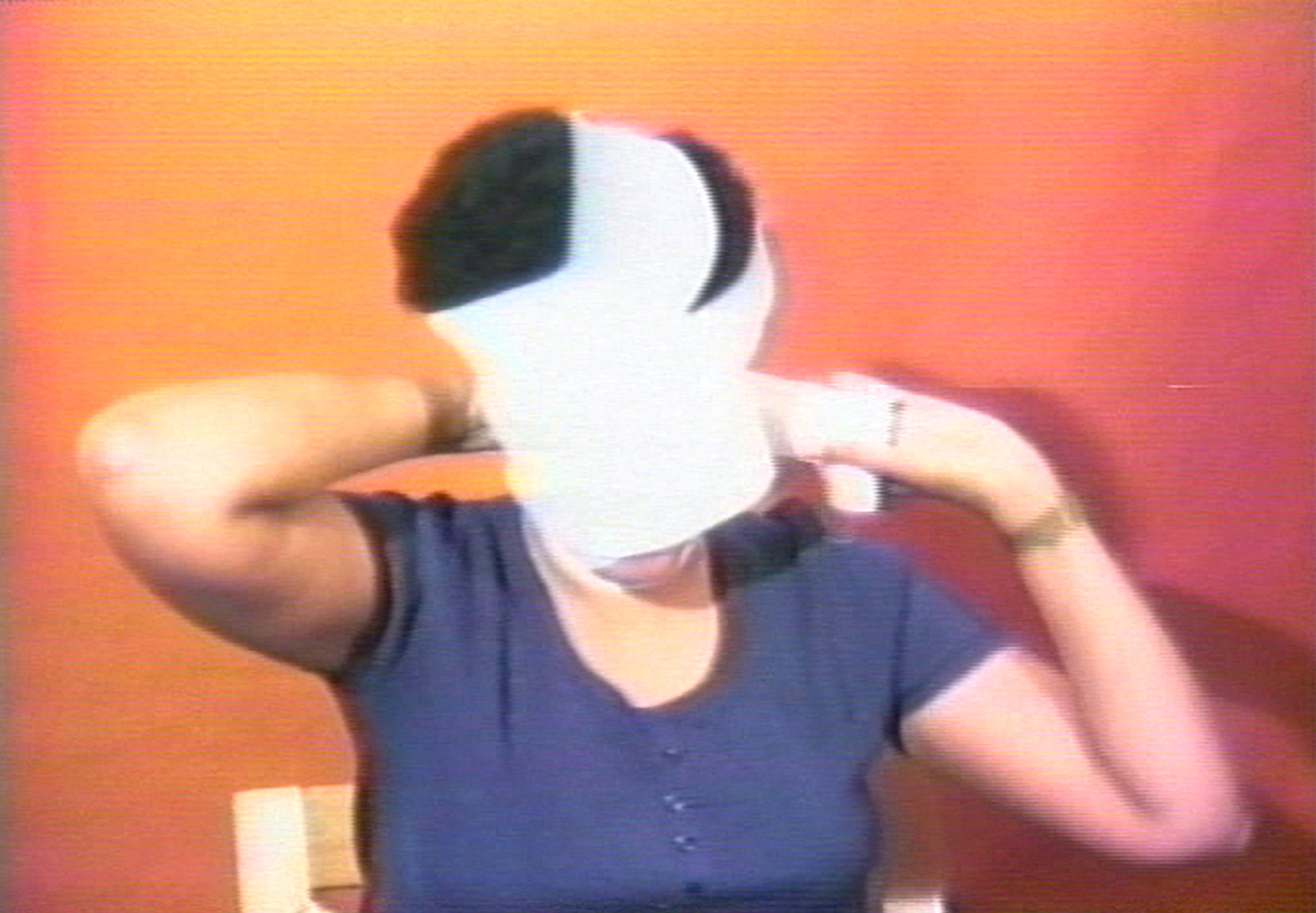
Howardena Pindell’s practice holds within it protest, politics and abstraction. Addressing race, slavery, women’s rights, feminism and segregation in the United States, her work packs a punch. Her take is calm yet unstinting and tackles the raw end of these issues with a piercing intellectual bite and aesthetic mastery.
Born in 1943, Pindell was involved in a car accident in 1979, the same year she left her post as a curator at MoMA New York. It was a few months later that she recorded the seminal video work, Free, White and 21 (1980), which saw a shift towards the political in her work, although she has always maintained a painting practice in tandem with this.
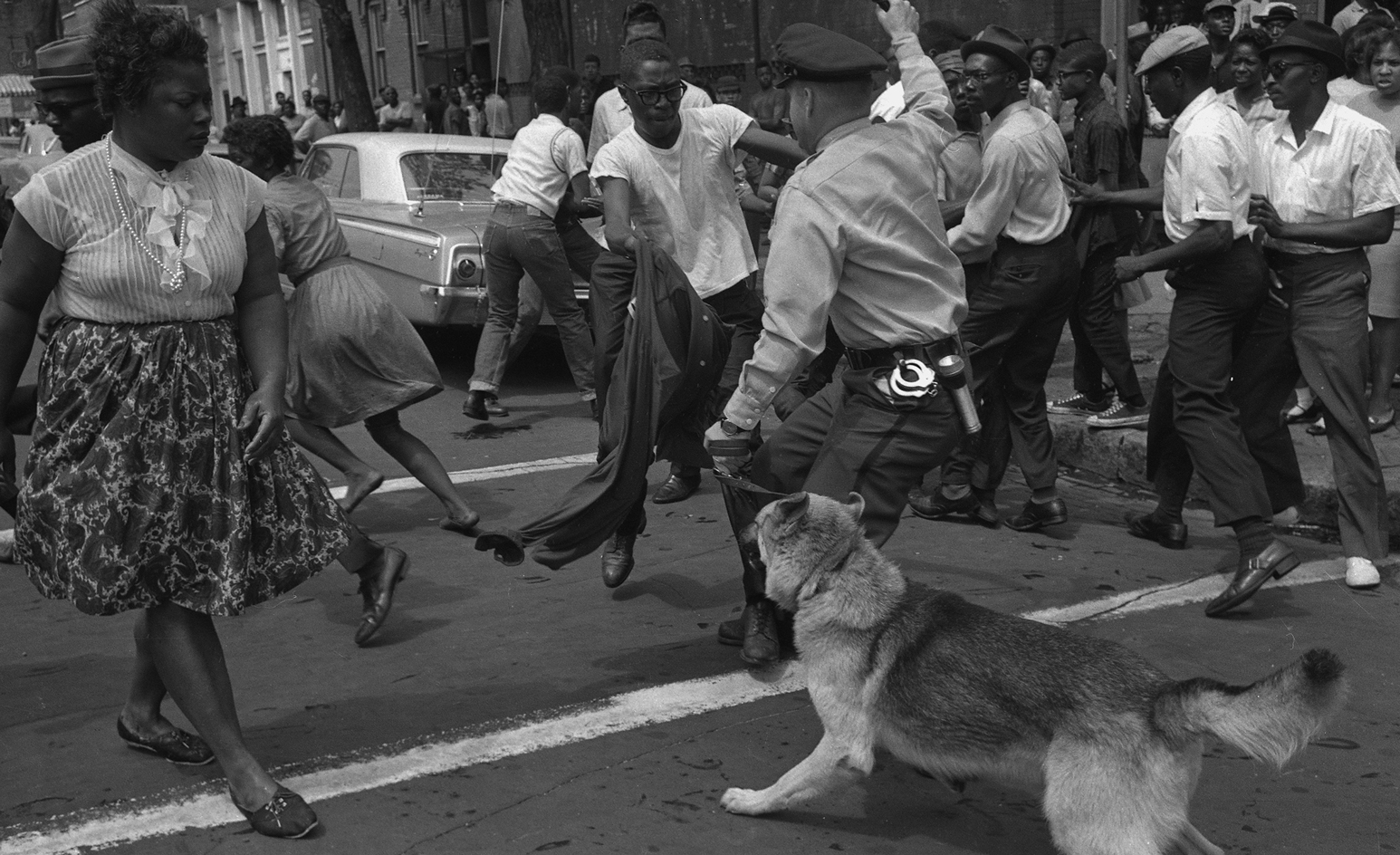
Howardena Pindell, Rope/Fire/Water, 2020.
‘A New Language’ at Kettle’s Yard in Cambridge, on tour from Edinburgh’s Fruitmarket Gallery, is a snapshot of a long practice encompassing film, painting and works on paper.
Although her work can appear disparate at first glance – using new media, lace-making, painting and drawing – elements of resistance persist, often through circle motifs, taken from the circle that marked segregated objects in the American South when she was a child. These elements are present throughout her abstract works and notably in the unflinching film Rope/Fire/Water (2020) about police violence and lynching. Even in her most decorative and delicate works, these messages are communicated loud and clear, whether that be through text or materials and colour.

Howardena Pindell, Free, White and 21, 1980.
Wallpaper*: The title of the show is ‘A New Language’. Why did you feel you needed a new language and how did you come to it?
Howardena Pindell: First of all, the new language would be inclusive, both verbal and visual. One of the things that helps us to have a new language is the expansion of the world wide web, although many people in poor countries don't have access.
One thing I think is important is to explore how different cultures name things and read colours. Various cultures have their own visual and verbal languages, which are also influenced by other cultures, which can create a hybrid.
I think the biggest thing of all that's happened in terms of a new language is that people can now access their DNA. I have Zulu DNA, South African, South Indian, Nigerian, Ethiopian, Portuguese, Finnish, Scandinavian, Basque Spanish, Native American, Inuit, German, Irish, Greek, Sicilian, Cypriot and Bahamian. I'm sure a lot of this DNA came about because of enslavement, because there was so much rape of enslaved women during the African slave trade.
Receive our daily digest of inspiration, escapism and design stories from around the world direct to your inbox.
W*: So, you have been mapping your personal history through your DNA?
HP: I just think it's fascinating. I mean, that changes the language that all of us have when we think of all our different ancestors, and it's complex for everyone. It's not just enslavement, there’s been so much movement of different cultures, some of them nomadic.
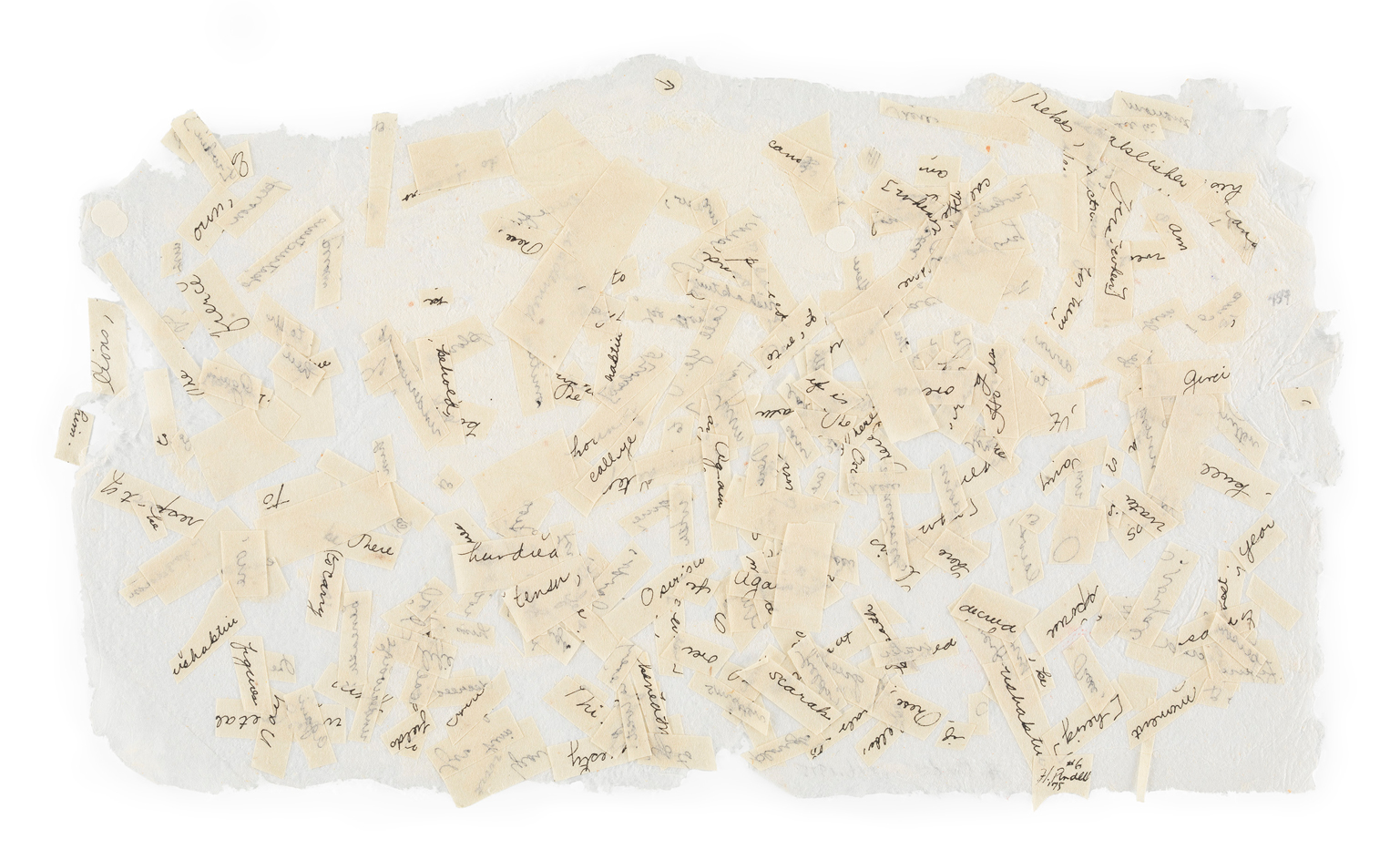
Howardena Pindell, Text, 1975 Ink on paper collage.
W*: You are an artist of many mediums and a political artist. Where does your visual language meet your politics? How do they intersect?
HP: I was born during segregation, and I was in college during the Civil Rights Movement. I picketed in Woolworth, Philadelphia, because of their segregated lunch counters in the South.
It was after the head injury as a passenger in a car accident, where I realised I could have died, that I started doing my issue-related work. I felt that if I didn't express myself, I may be gone, so I would rather say what I wanted to say on canvas.
There are two recent paintings which are about 9ft by 9ft, one is called Four Little Girls, and it was about the four children who were preparing for Sunday school in a church in Birmingham, Alabama. Members of the Klan bombed the church and killed all the little girls, it was a Black church during segregation.
In my issue-related work, I use text and installation and of course, the large format, the issue-related paintings also require research, and I think the influence would have been my mother who was a historian. Now, there are more publications available to use for research on many issue-related topics.
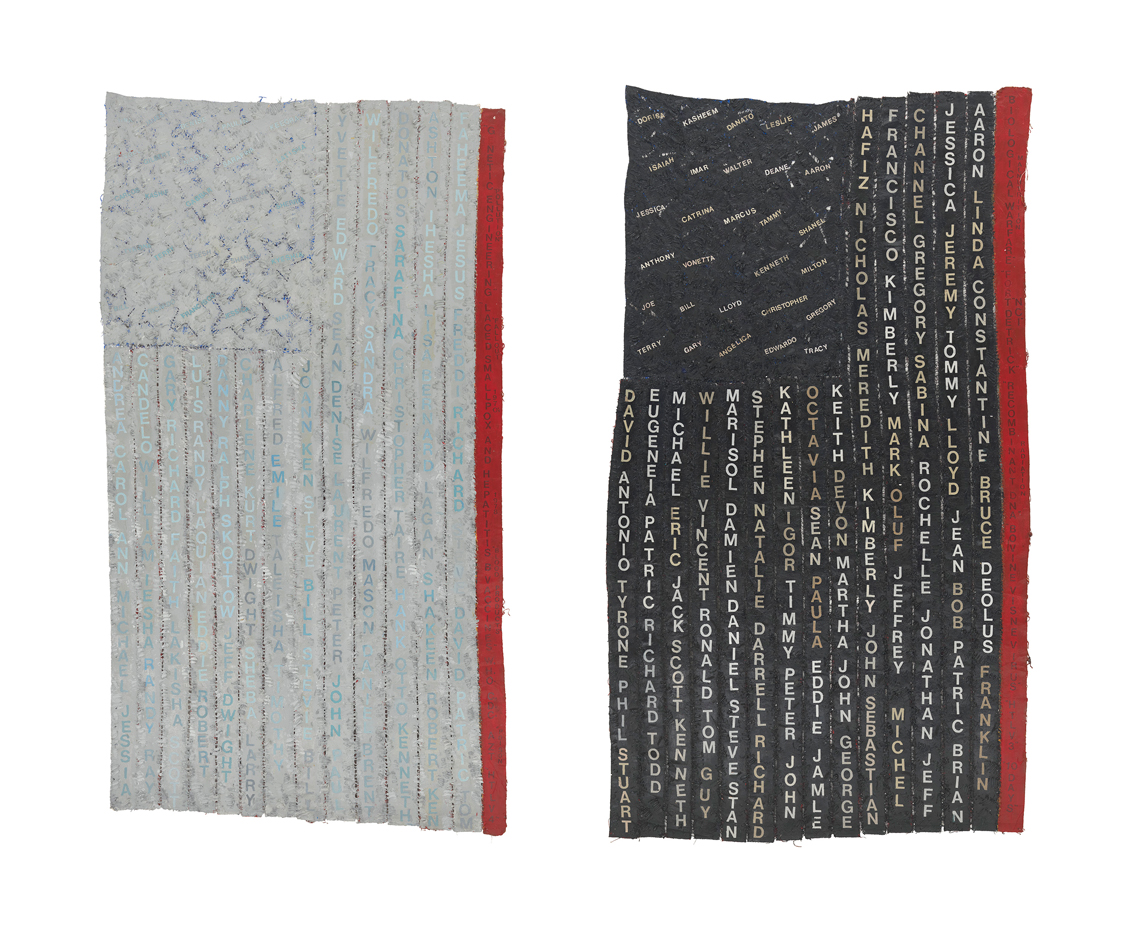
Howardena Pindell, Separate but Equal Genocide: AIDS, 1991–1992. Private collection, Aspen, CO
W*: Your practice takes the literal, abstract forms and issue-related art and brings them together in one visual language. How did you come to make art in this way?
HP: Well, I loved to play when I was a child and I think just because my father was a science person, I was given a small microscope instead of a doll. I can remember my pink bunny, so I remember my little pink bunny rabbit and a microscope.
When I was a child, I used the microscope to look at the drinking water in Philadelphia and it was teeming with life; later I looked at New York water and there was nothing. A couple of months ago, I bought a professional microscope to look at nature close-up, water, leaves, and anything to get ideas for forms.
I’m happy making art and I like experimenting with new materials; I'm happiest making art and trying new things. In my past shows, and in my writing, sometimes.
Sometimes the past shows up again in my work. I've started to do spray paintings again.
My art dealer, who's amazing, has got me a large studio and now I’m able to recreate or create new spray paintings. I love making handmade paper pieces and I've been working with Dieu Donné, an artists’ paper-making organisation
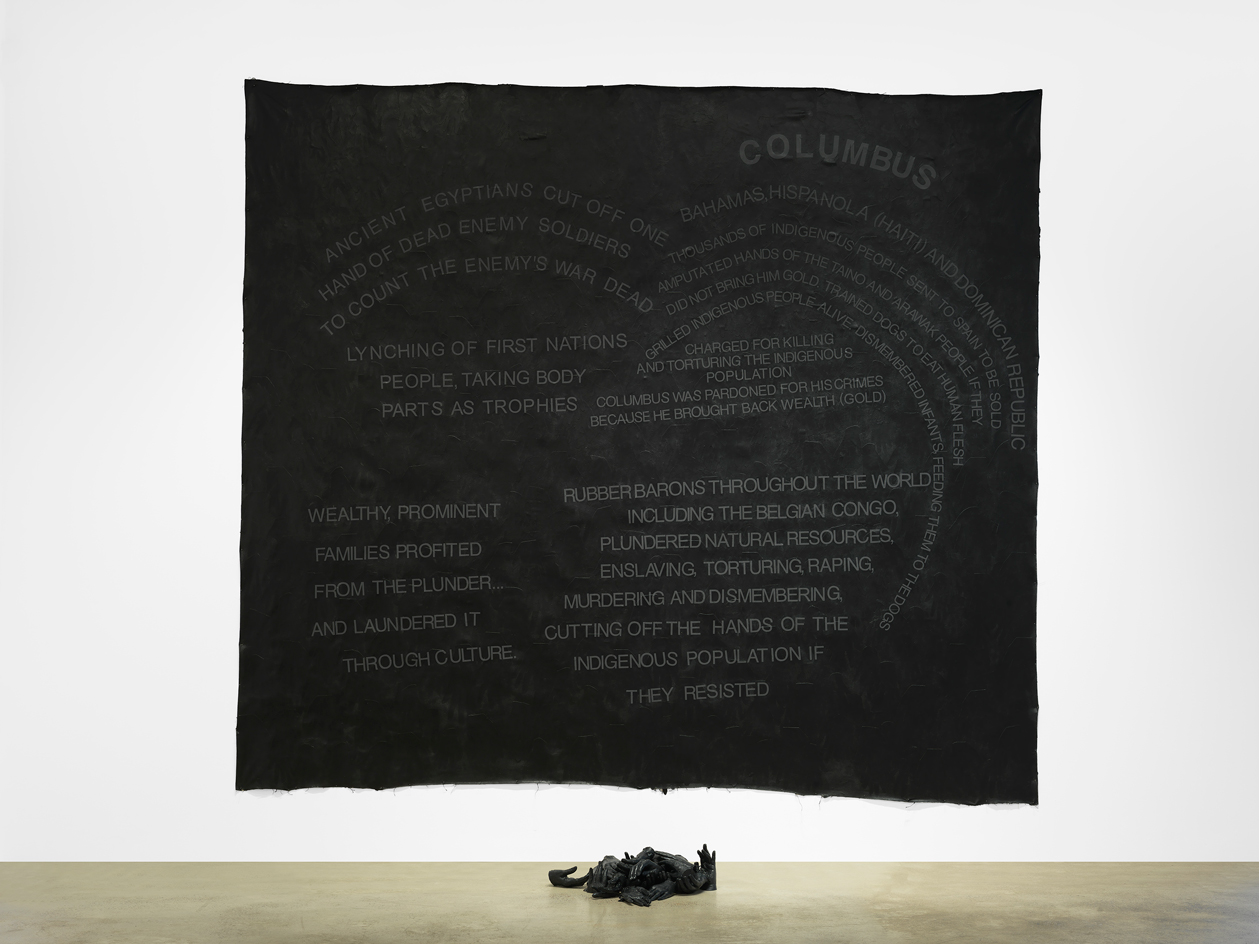
Howardena Pindell, Columbus, 2020 Mixed media on canvas.
INFORMATION
Howardena Pindell, ’A New Language’, until 30 October 2022, Kettle’s Yard, Cambridge. kettlesyard.co.uk
Amah-Rose Abrams is a British writer, editor and broadcaster covering arts and culture based in London. In her decade plus career she has covered and broken arts stories all over the world and has interviewed artists including Marina Abramovic, Nan Goldin, Ai Weiwei, Lubaina Himid and Herzog & de Meuron. She has also worked in content strategy and production.
-
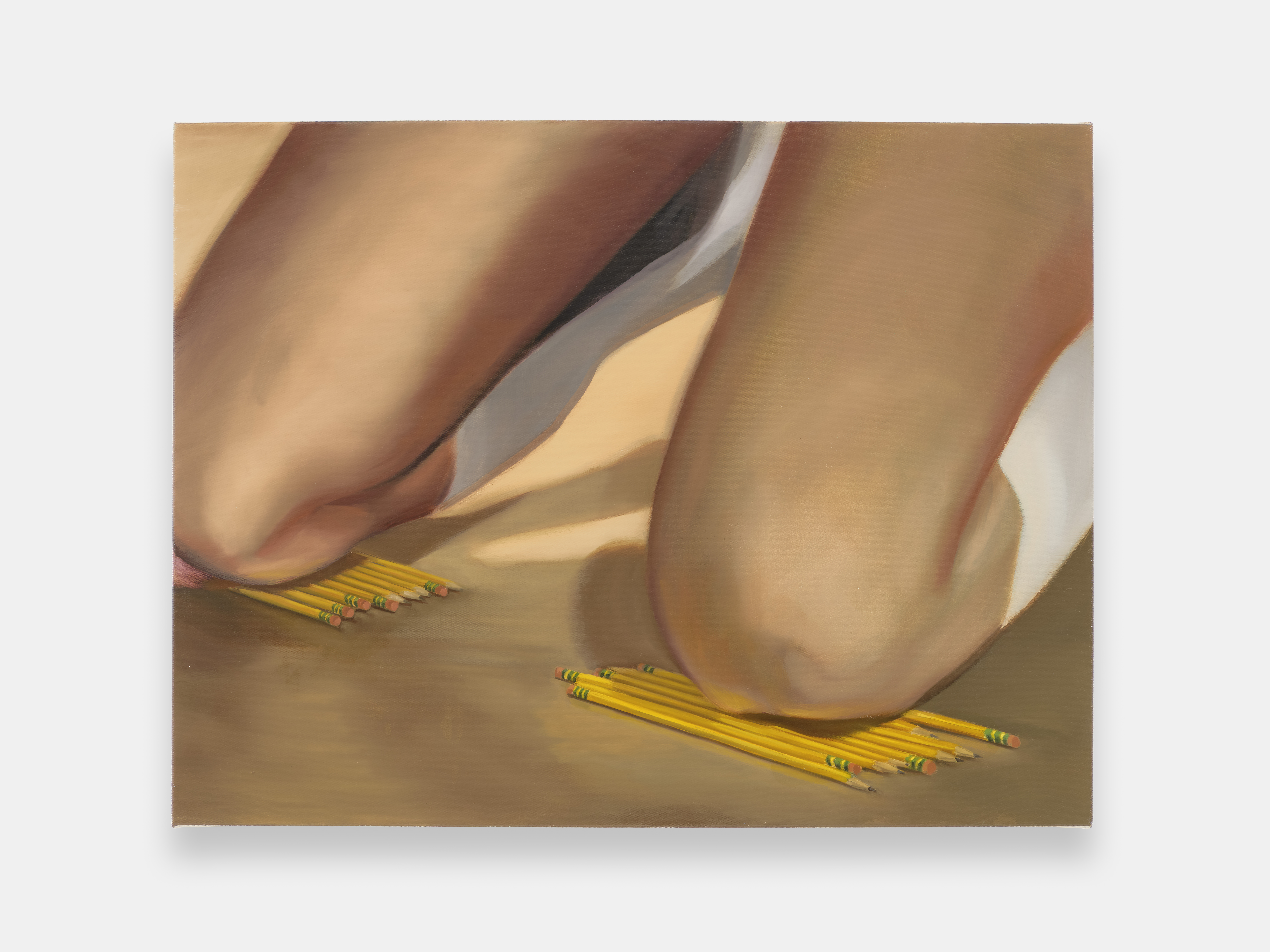 ‘I want to bring anxiety to the surface': Shannon Cartier Lucy on her unsettling works
‘I want to bring anxiety to the surface': Shannon Cartier Lucy on her unsettling worksIn an exhibition at Soft Opening, London, Shannon Cartier Lucy revisits childhood memories
-
 What one writer learnt in 2025 through exploring the ‘intimate, familiar’ wardrobes of ten friends
What one writer learnt in 2025 through exploring the ‘intimate, familiar’ wardrobes of ten friendsInspired by artist Sophie Calle, Colleen Kelsey’s ‘Wearing It Out’ sees the writer ask ten friends to tell the stories behind their most precious garments – from a wedding dress ordered on a whim to a pair of Prada Mary Janes
-
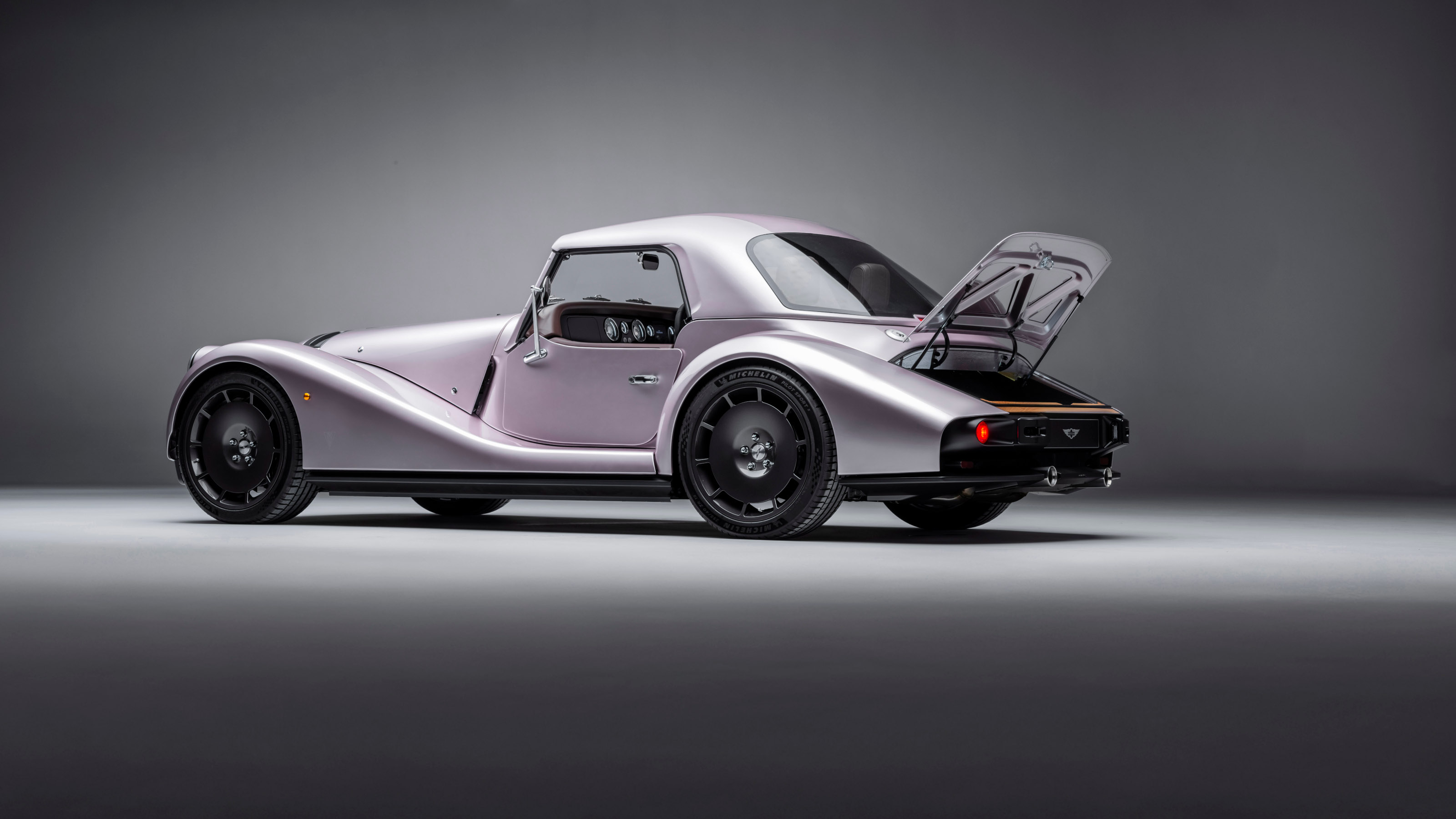 Year in review: 2025’s top ten cars chosen by transport editor Jonathan Bell
Year in review: 2025’s top ten cars chosen by transport editor Jonathan BellWhat were our chosen conveyances in 2025? These ten cars impressed, either through their look and feel, style, sophistication or all-round practicality
-
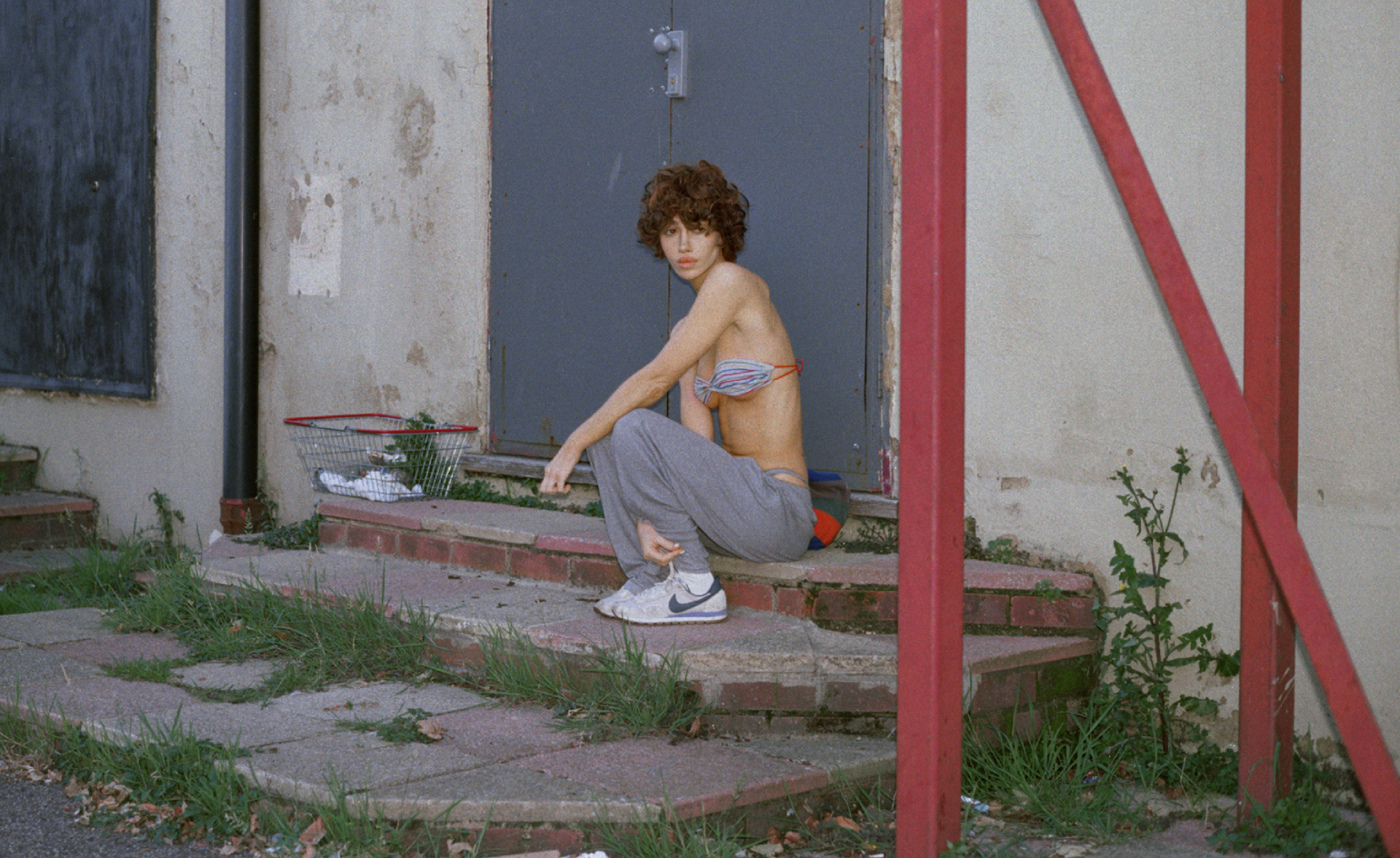 Nadia Lee Cohen distils a distant American memory into an unflinching new photo book
Nadia Lee Cohen distils a distant American memory into an unflinching new photo book‘Holy Ohio’ documents the British photographer and filmmaker’s personal journey as she reconnects with distant family and her earliest American memories
-
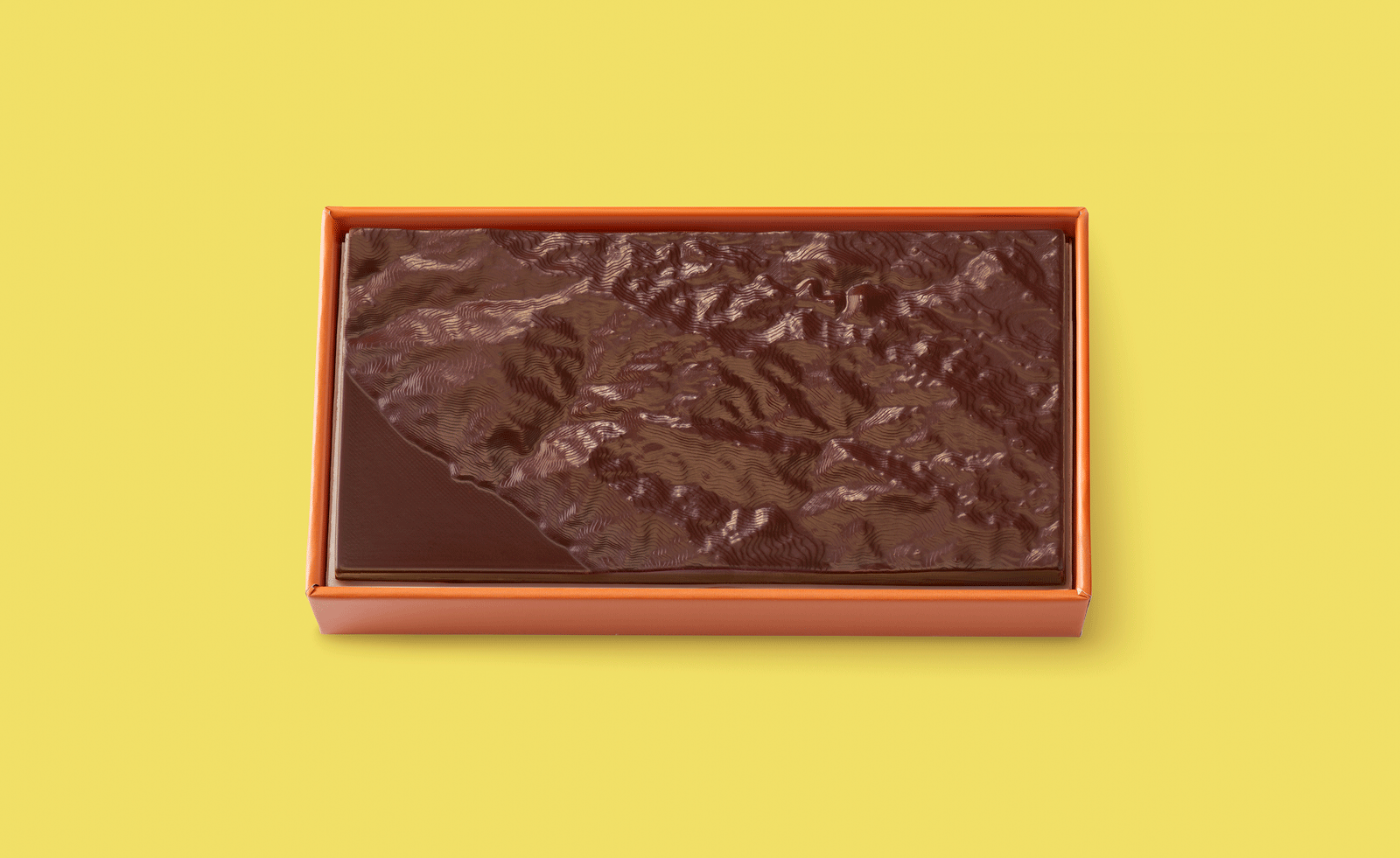 Ed Ruscha’s foray into chocolate is sweet, smart and very American
Ed Ruscha’s foray into chocolate is sweet, smart and very AmericanArt and chocolate combine deliciously in ‘Made in California’, a project from the artist with andSons Chocolatiers
-
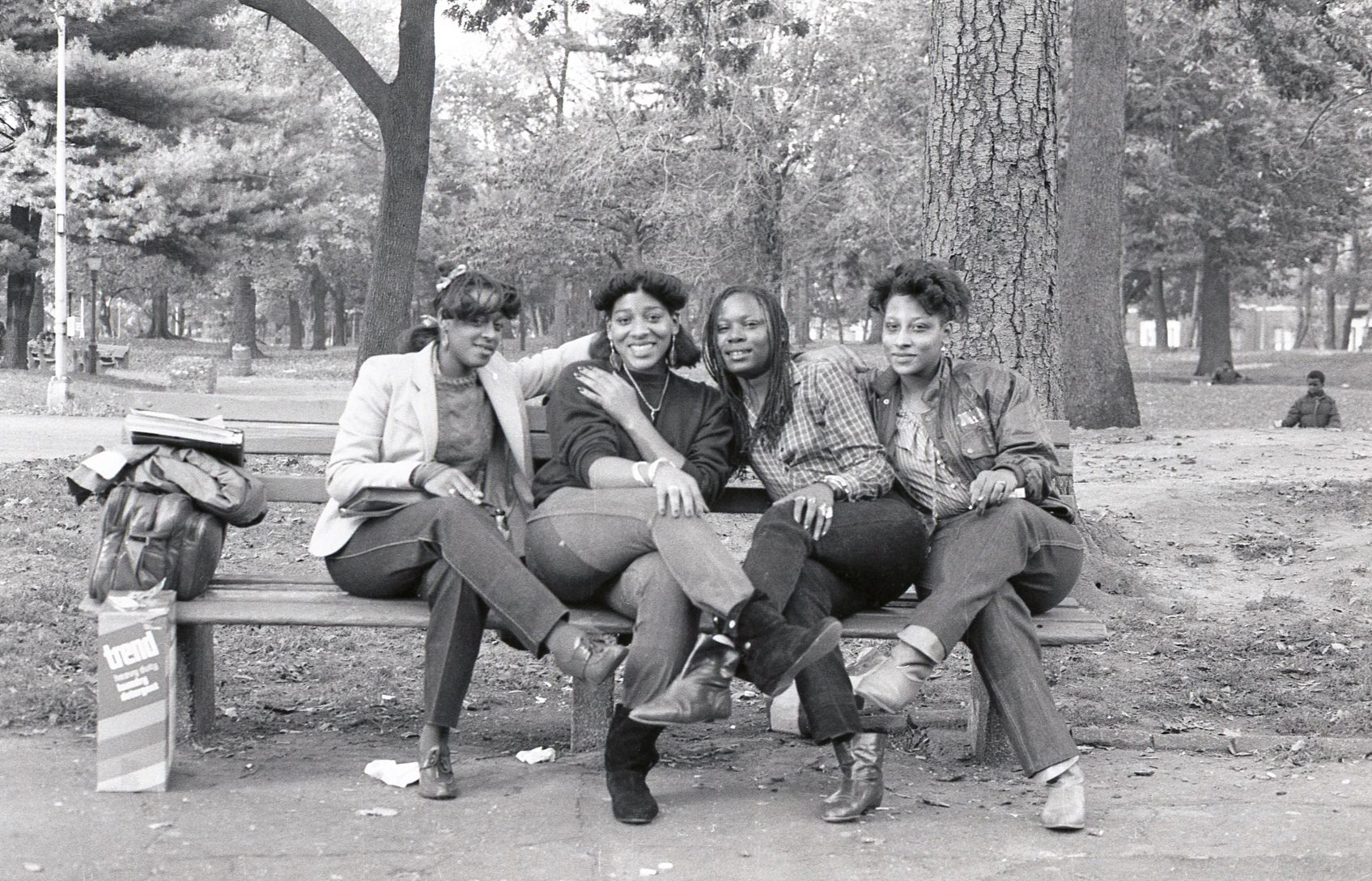 Jamel Shabazz’s photographs are a love letter to Prospect Park
Jamel Shabazz’s photographs are a love letter to Prospect ParkIn a new book, ‘Prospect Park: Photographs of a Brooklyn Oasis, 1980 to 2025’, Jamel Shabazz discovers a warmer side of human nature
-
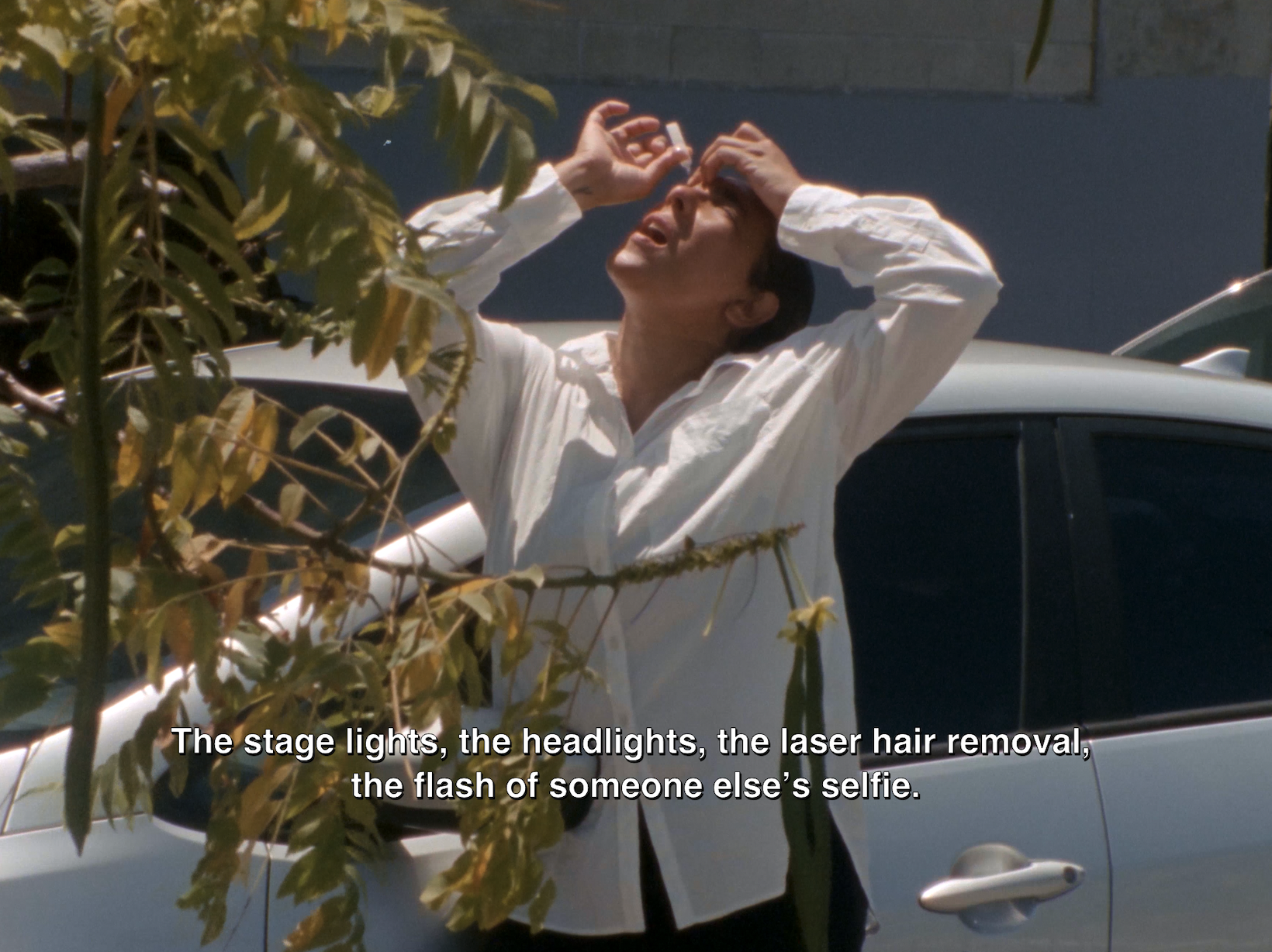 The Hammer Museum in Los Angeles launches the seventh iteration of its highly anticipated artist biennial
The Hammer Museum in Los Angeles launches the seventh iteration of its highly anticipated artist biennialOne of the gallery's flagship exhibitions, Made in LA showcases the breadth and depth of the city's contemporary art scene
-
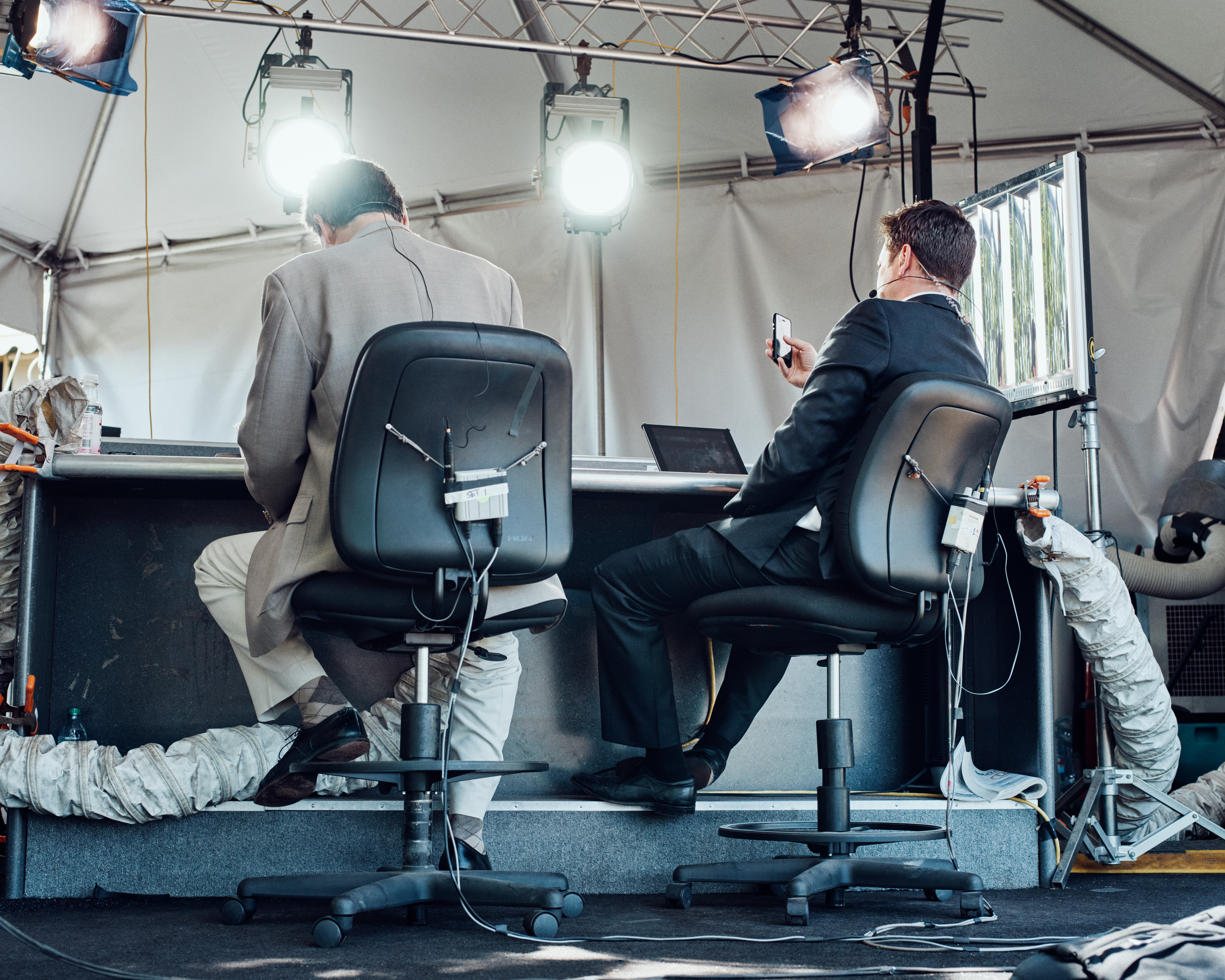 Thomas Prior’s photography captures the uncanny fragility of American life
Thomas Prior’s photography captures the uncanny fragility of American lifeA new book unites two decades of the photographer’s piercing, uneasy work
-
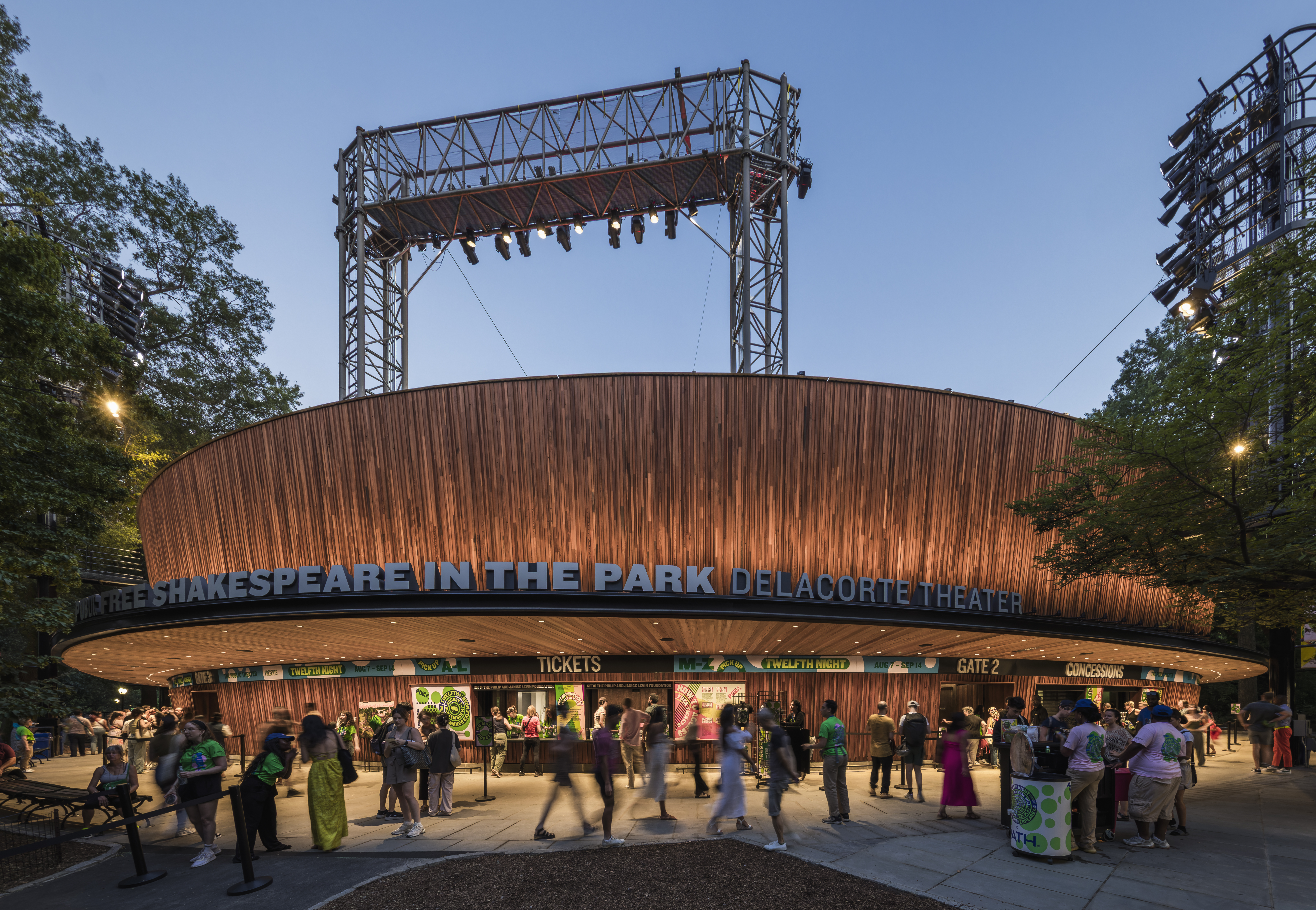 Central Park’s revitalised Delacorte Theater gears up for a new future
Central Park’s revitalised Delacorte Theater gears up for a new futureEnnead Architects helmed an ambitious renovation process that has given the New York City cultural landmark a vibrant and more accessible future
-
 Stephen Prina borrows from pop, classical and modern music: now MoMA pays tribute to his performance work
Stephen Prina borrows from pop, classical and modern music: now MoMA pays tribute to his performance work‘Stephen Prina: A Lick and a Promise’ recalls the artist, musician, and composer’s performances, and is presented throughout MoMA. Prina tells us more
-
 Curtains up, Kid Harpoon rethinks the sound of Broadway production ‘Art’
Curtains up, Kid Harpoon rethinks the sound of Broadway production ‘Art’He’s crafted hits with Harry Styles and Miley Cyrus; now songwriter and producer Kid Harpoon (aka Tom Hull) tells us about composing the music for the new, all-star Broadway revival of Yasmina Reza’s play ‘Art’